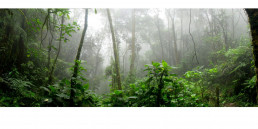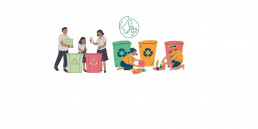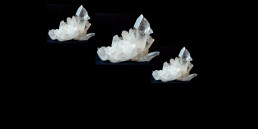Hello, all the Planet Warriors out there,
How are you?
I hope you are enjoying reading these posts as much as I am bringing them before you. You are witness to the drastic climatic changes that the world is undergoing. The current generation is also witnessing depleting natural resources.
In this scenario, the concept of Sustainability and switch from non-renewable to renewable energy sources have become more critical than ever.
You must have read the article on Non-Conventional Sources of Energy in the previous month, like wind, air, sun, and many more. So, in the first post in the November edition, let’s discuss Nuclear Energy.
Now, as soon as you hear the word ‘nuclear,’ you automatically think about Hiroshima and Nagasaki. Or the Chernobyl Disaster. Isn’t it? It is indeed true that nuclear wastes or leakages have catastrophic effects.
So, what is nuclear energy exactly?
Guys attempts at explaining the ‘sciencey’ stuff here!! So please bear with me.
As the name suggests, the nucleus (i.e., the core containing protons and neutrons) produces nuclear energy. There are two ways to generate this energy:
Fusion- when the nuclei fuse together.
Fission-when the nuclei split into several parts.
Nuclear energy used to generate electricity uses the method of atomic fission. And research is going on to utilize the other way too.
Thus this source is replenishable and thus is an Alternative Source of Energy.
However, there is a twist in the tale.🤔🤔🤔
I wonder why things can’t be straightforward?
Uranium-the main ingredient
Anyway, the primary raw material used to create nuclear energy, i.e., Uranium-235, is non-renewable. And therefore, at times, this source is termed as non- renewable. Uranium-235 account for 1% of the total Uranium deposits and is extremely rare.
People know a lot about Platinum (I love the jewelry made of this metal), Titanium, Gold, and Silver. But today, let’s get to know another wonder of nature-URANIUM
Uranium is metal, as you all know. And are found in rocks all over the world.
Now comes the fun part. The division of the entire quantum of deposits is into two- uranium-238 and uranium-235. Out of the two, Uranium-238 makes up most of the Uranium in the world. But the creation of nuclear energy cannot use it.
Another vital fact that deserves mention is that Uranium is an ore- procured through mining.
Did you know?
Seawater is a source for the extraction of Uranium. If this is practiced and is successful, then Nuclear Energy is completely Renewable and an Alternative Source of Energy.
As our experiences teach us- Everything has its pros and cons.
The same is applicable for Nuclear Energy.
So allow me to shed some light on the same.
Benefits:
- When someone discusses ‘Clean Energy,’ they can’t ignore Nuclear Energy. You ask me why? Because it is only second to hydropower in terms of low carbon electricity and thus keeps the air clean.
- It requires less area than most of the other alternative sources to produce electricity.
- The use of Nuclear Energy minimizes waste production
- And, of course, any industry is a job creator. And so is the Nuclear Energy industry.
Negatives:
- One of the main negatives of nuclear energy is the harmful radioactive waste from nuclear reactors.
- Other non-conventional sources are becoming more accessible and cheaper.
- However, nuclear energy is still considered an expensive method of generating electricity.
- As this technology becomes more accessible, the chances of amassing nuclear weapons increase. And that the wrong kind of people will be able to use it against the world will also go up.
Apart from these, there are many negatives and positives of this debatable source of energy. Some theorists approve of it, while some work against it. Only time will tell -whether Nuclear Energy will be a Sustainable Source of Energy or not.
Well, so much on this critical aspect of attaining Sustainability.
Stay tuned as the next month’s edition will take you to another world- one that needs to be understood and preserved.
Till then bbye and take excellent care of yourself!!!
Oh yes!!









